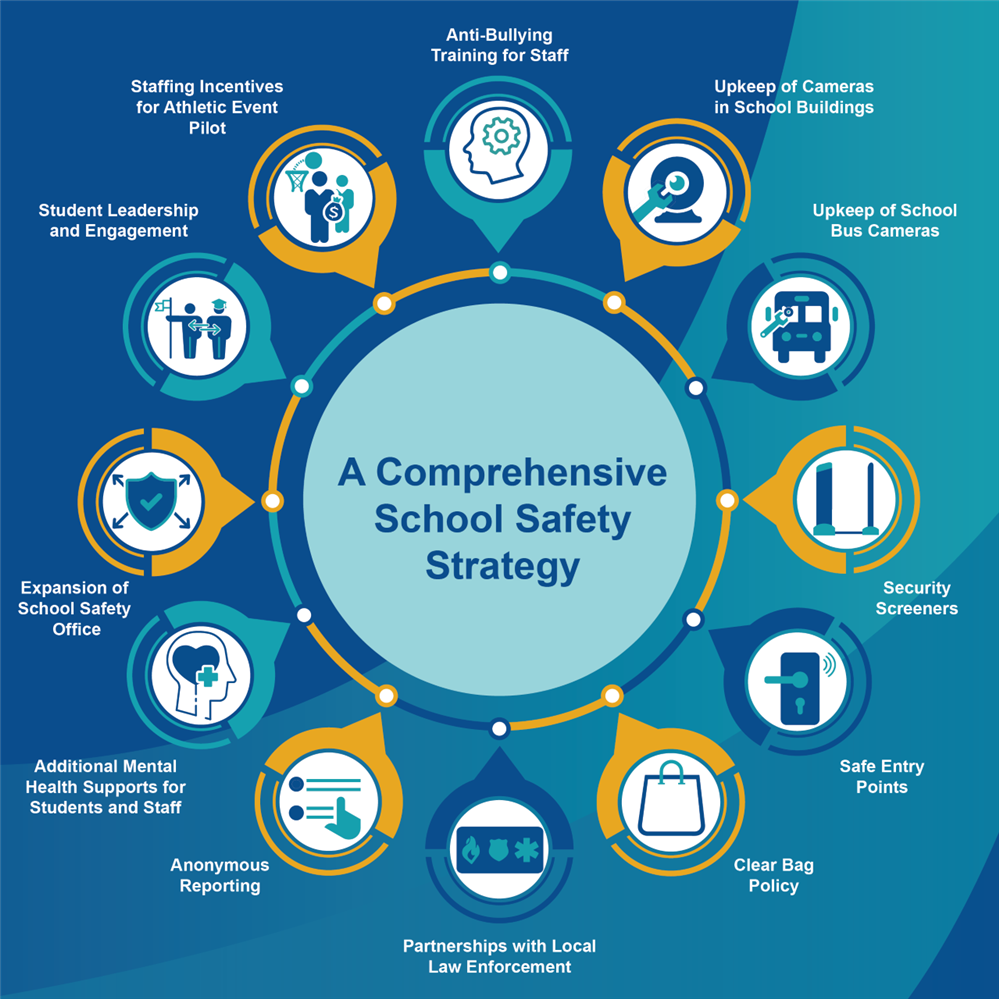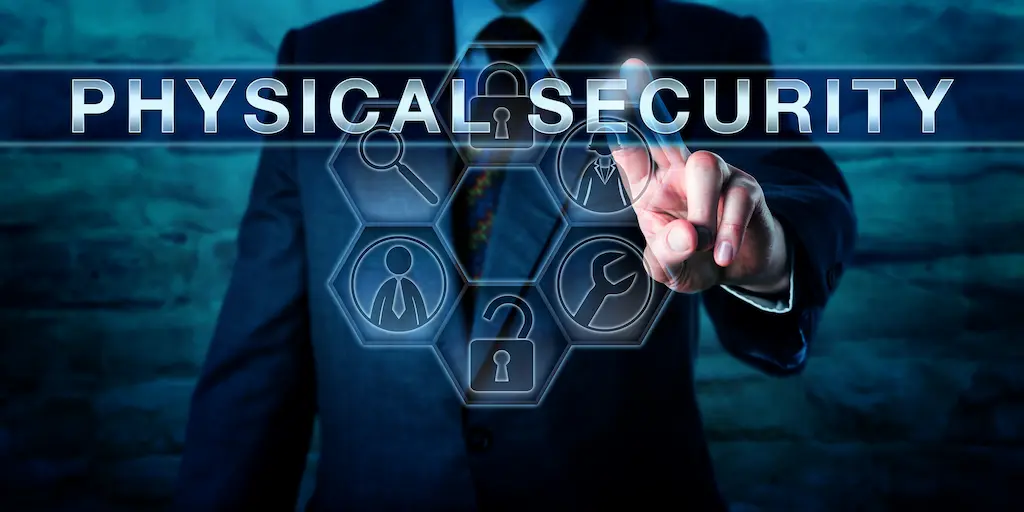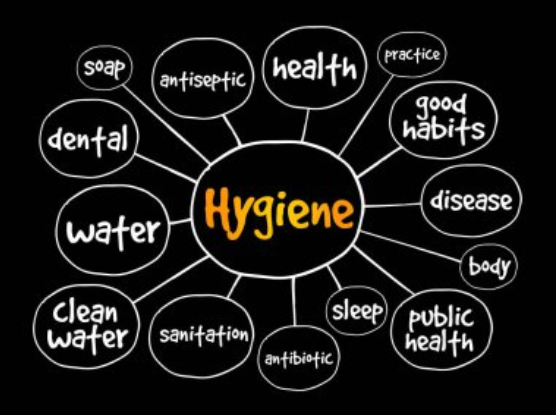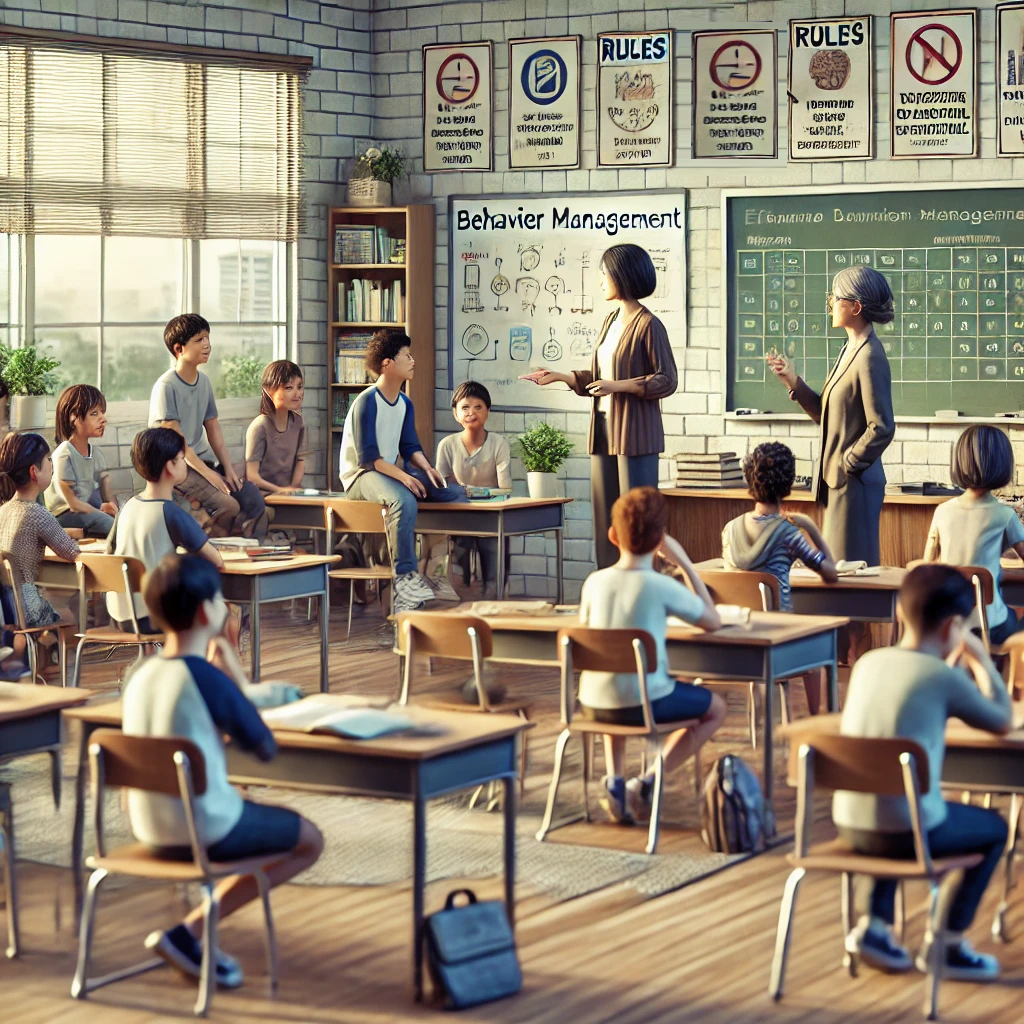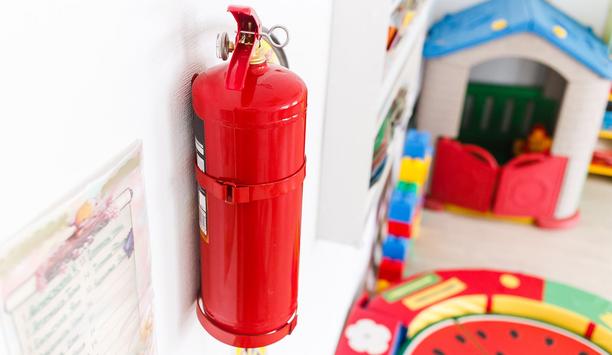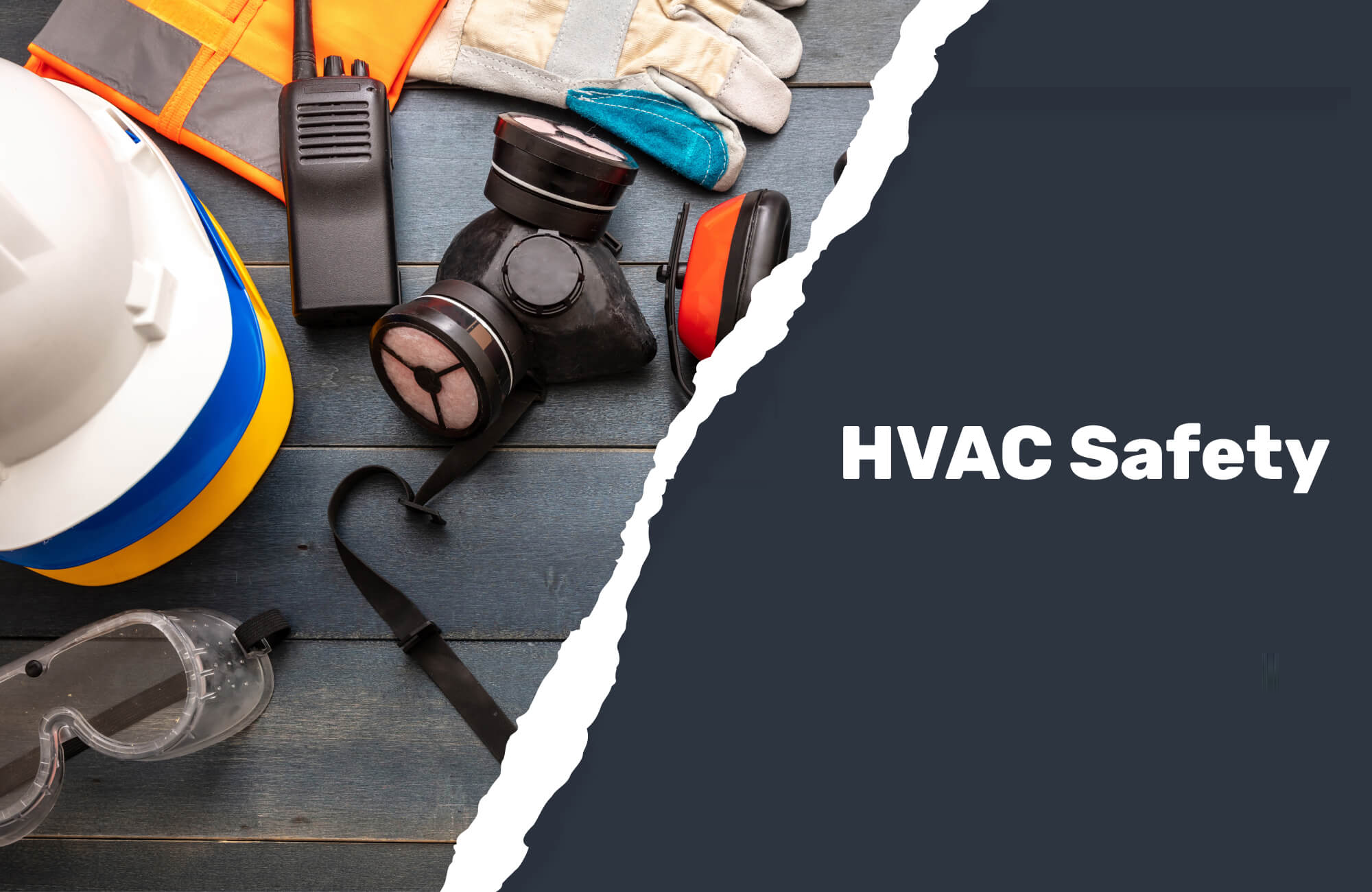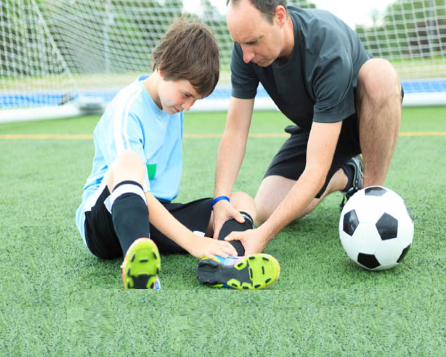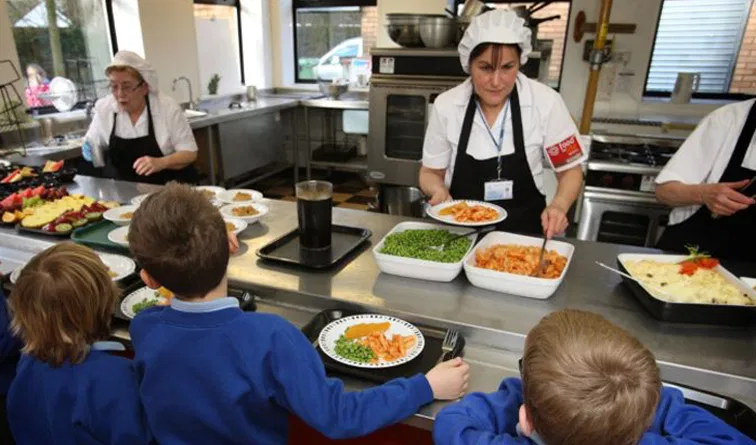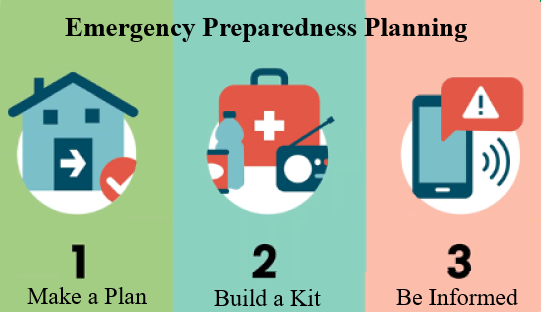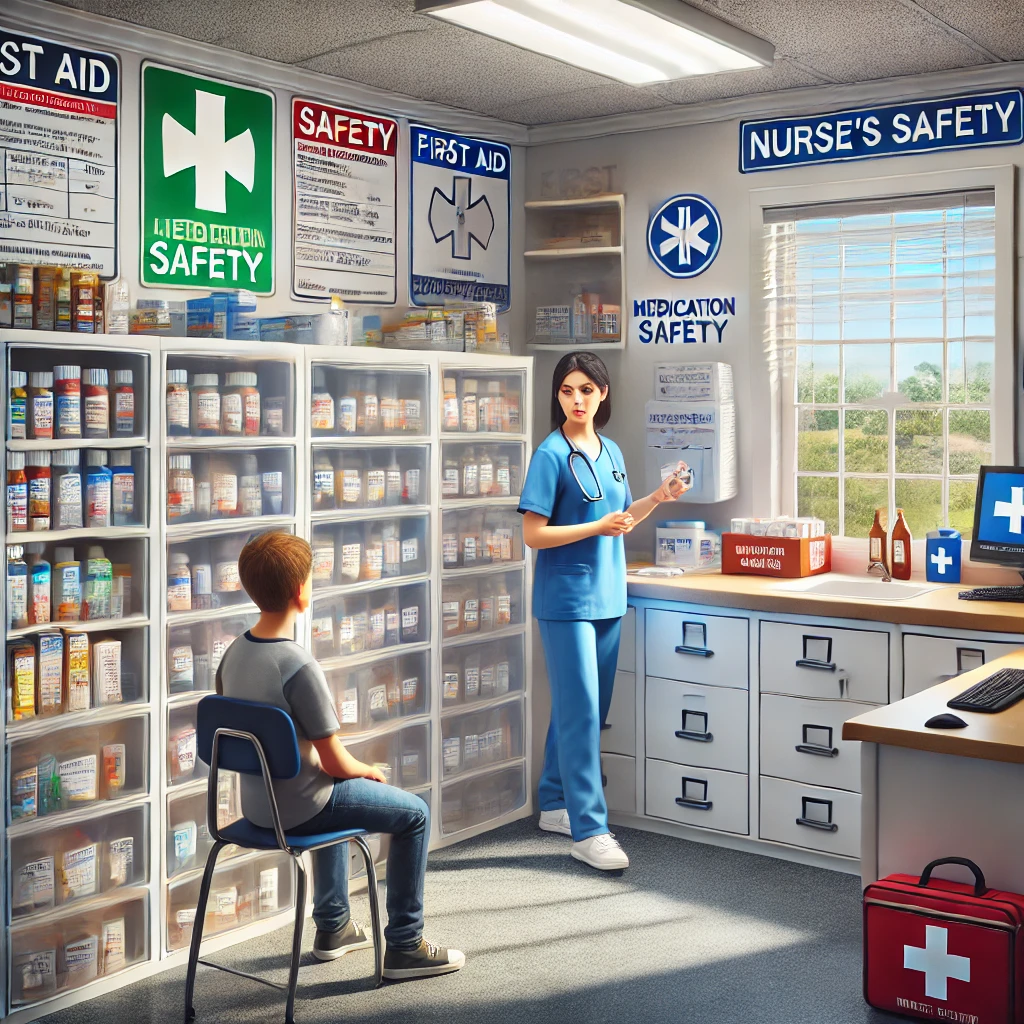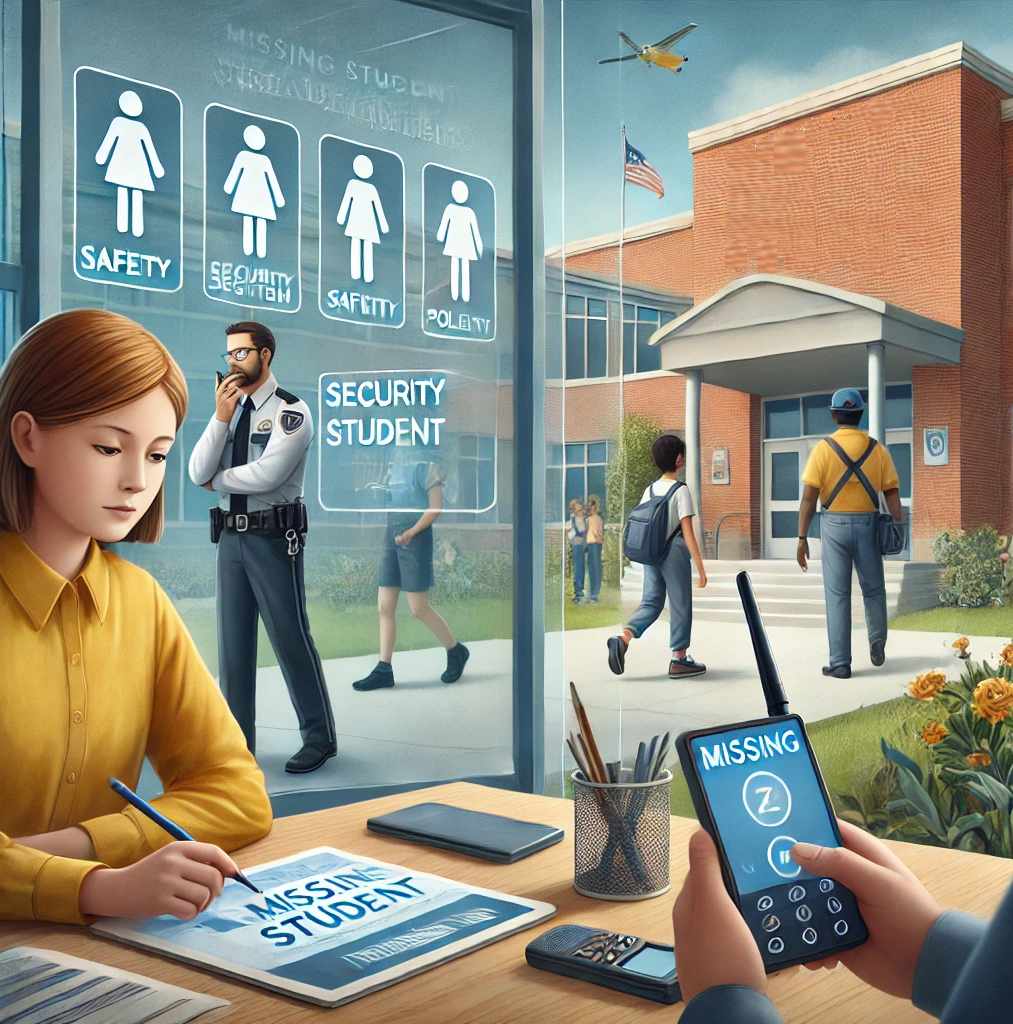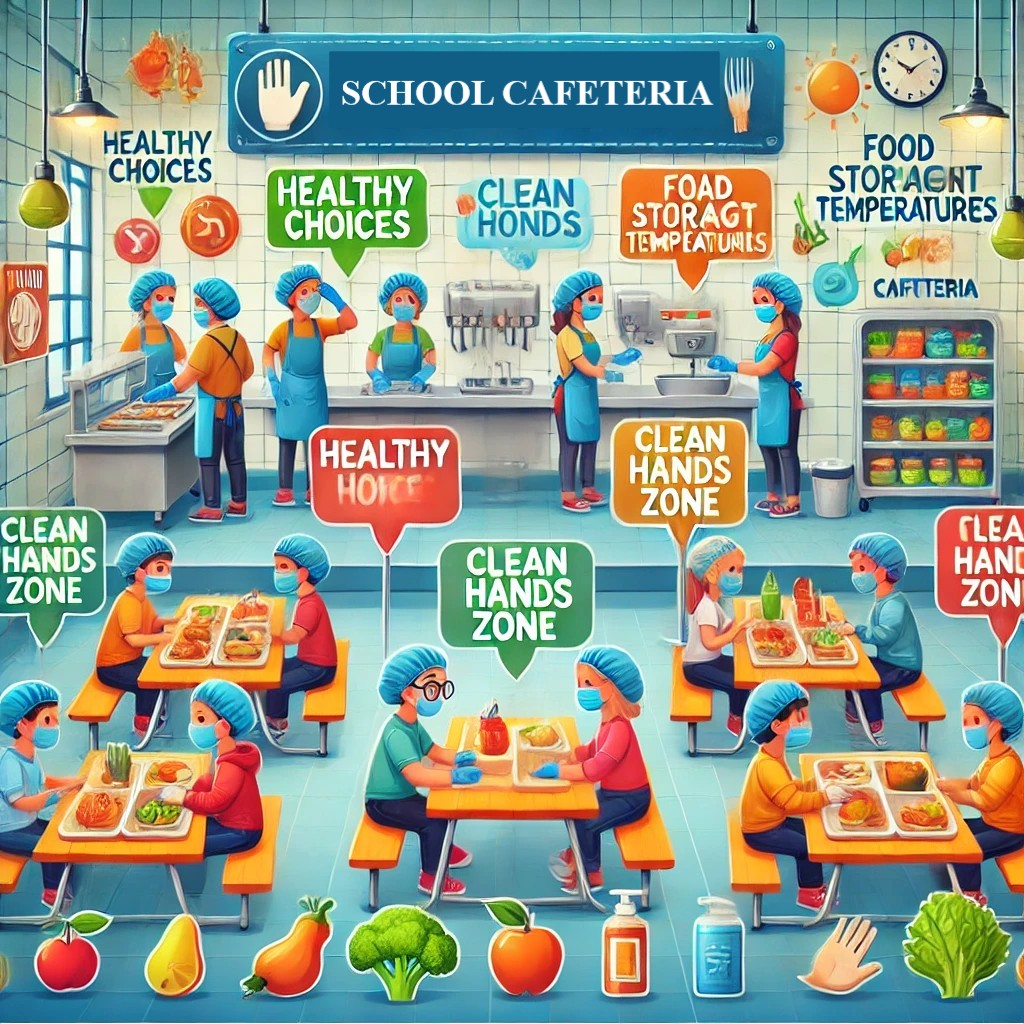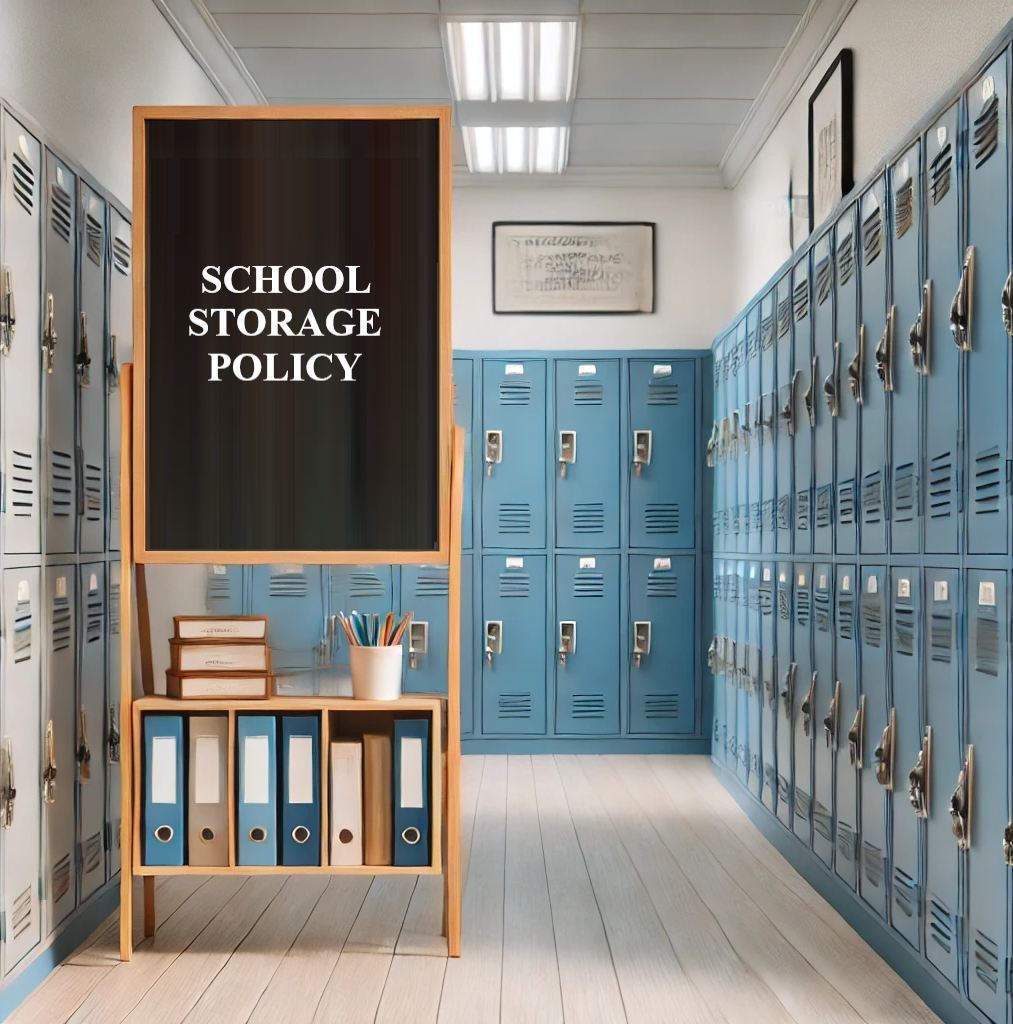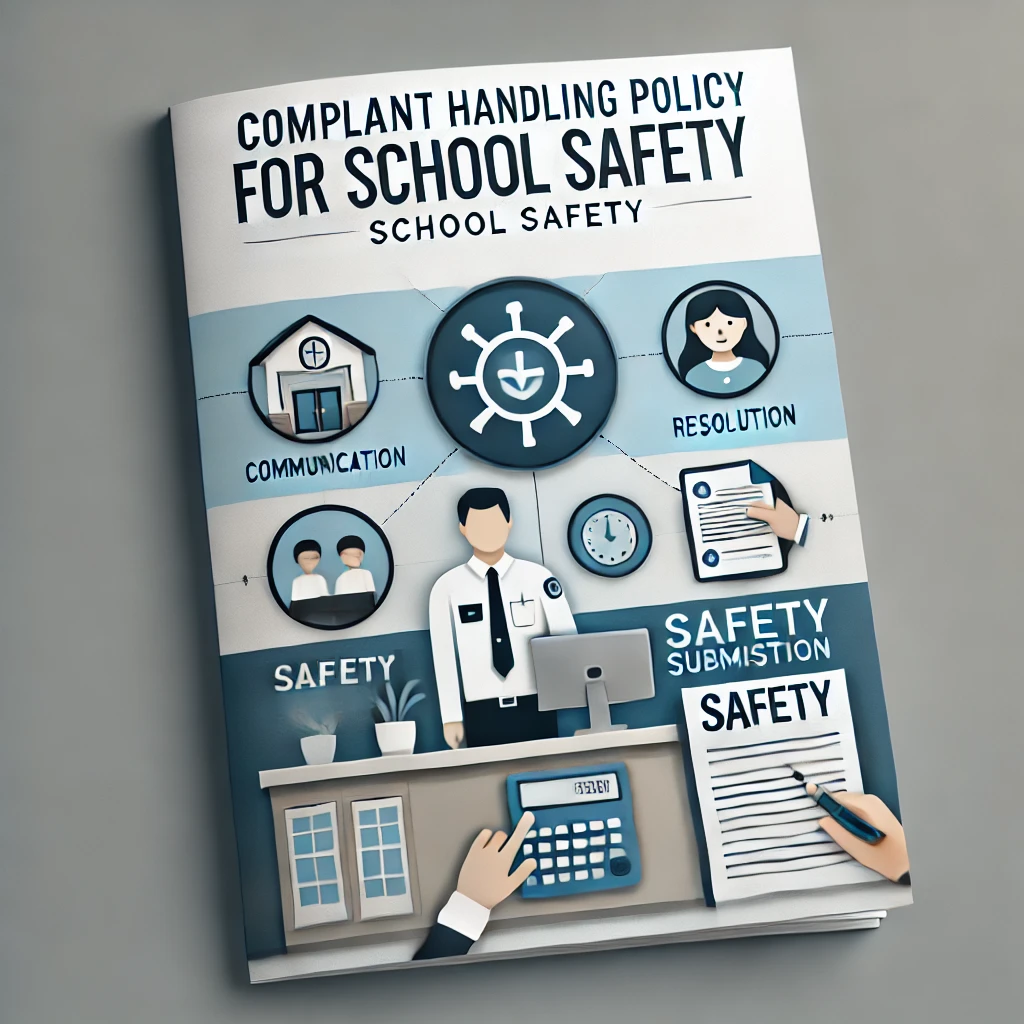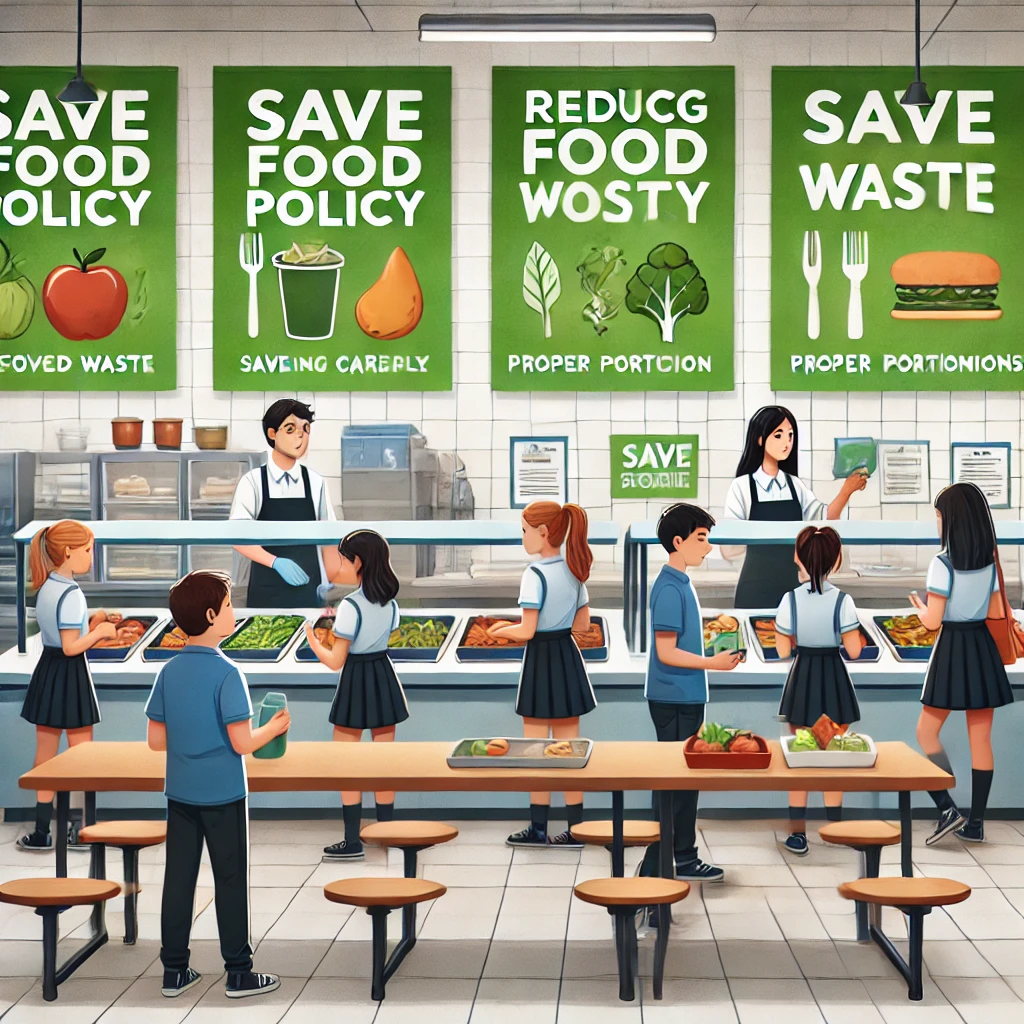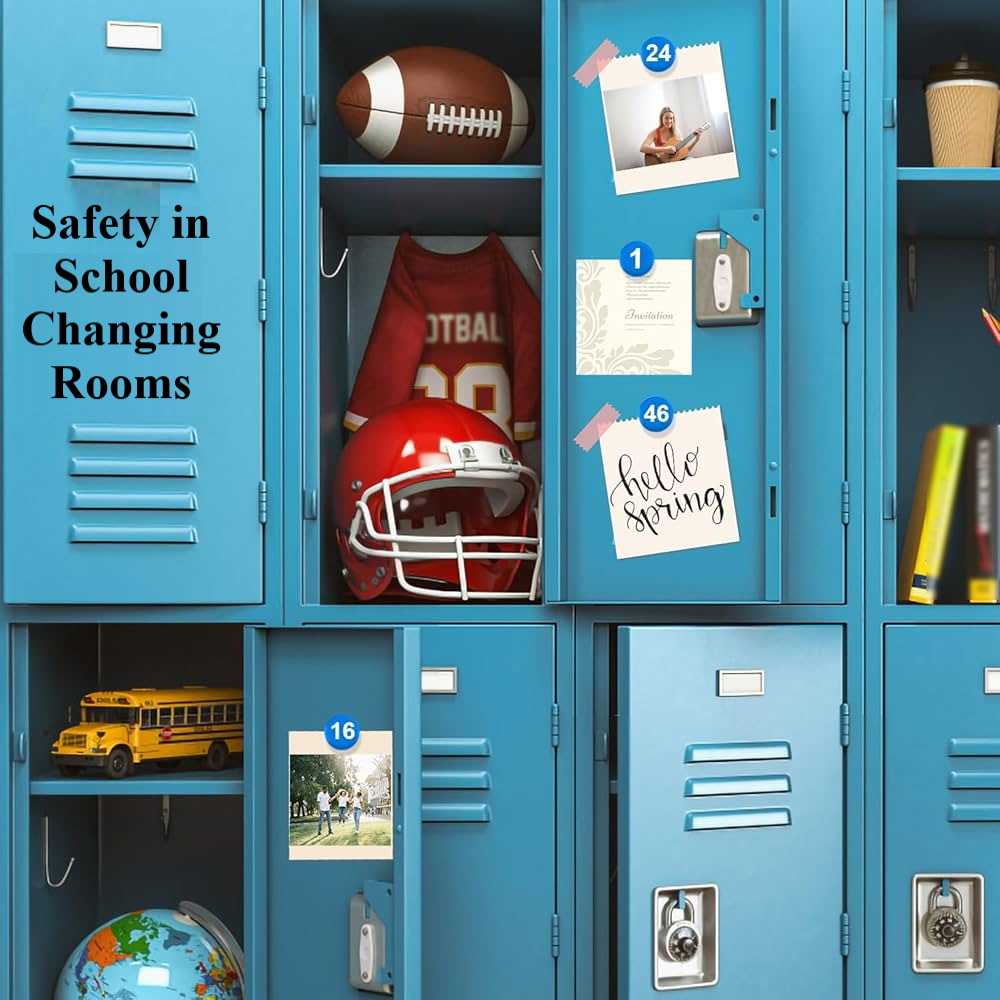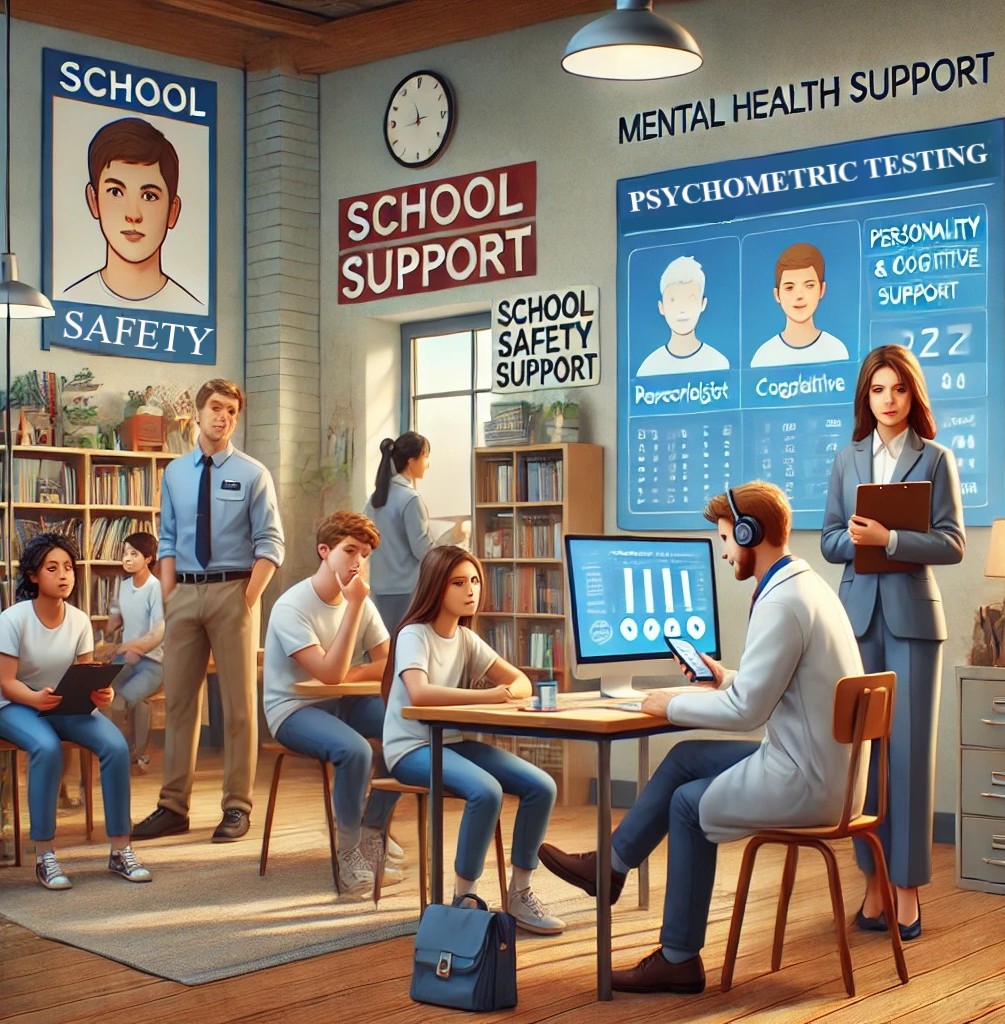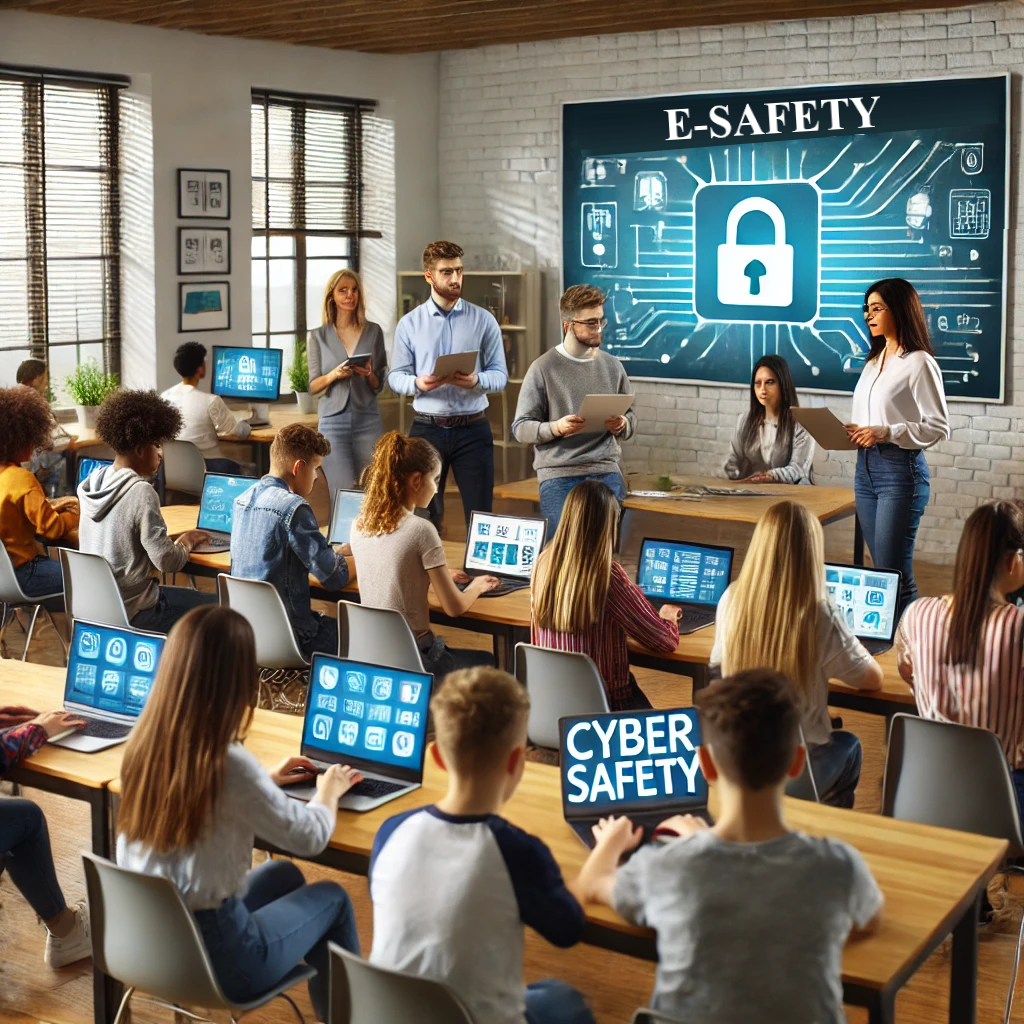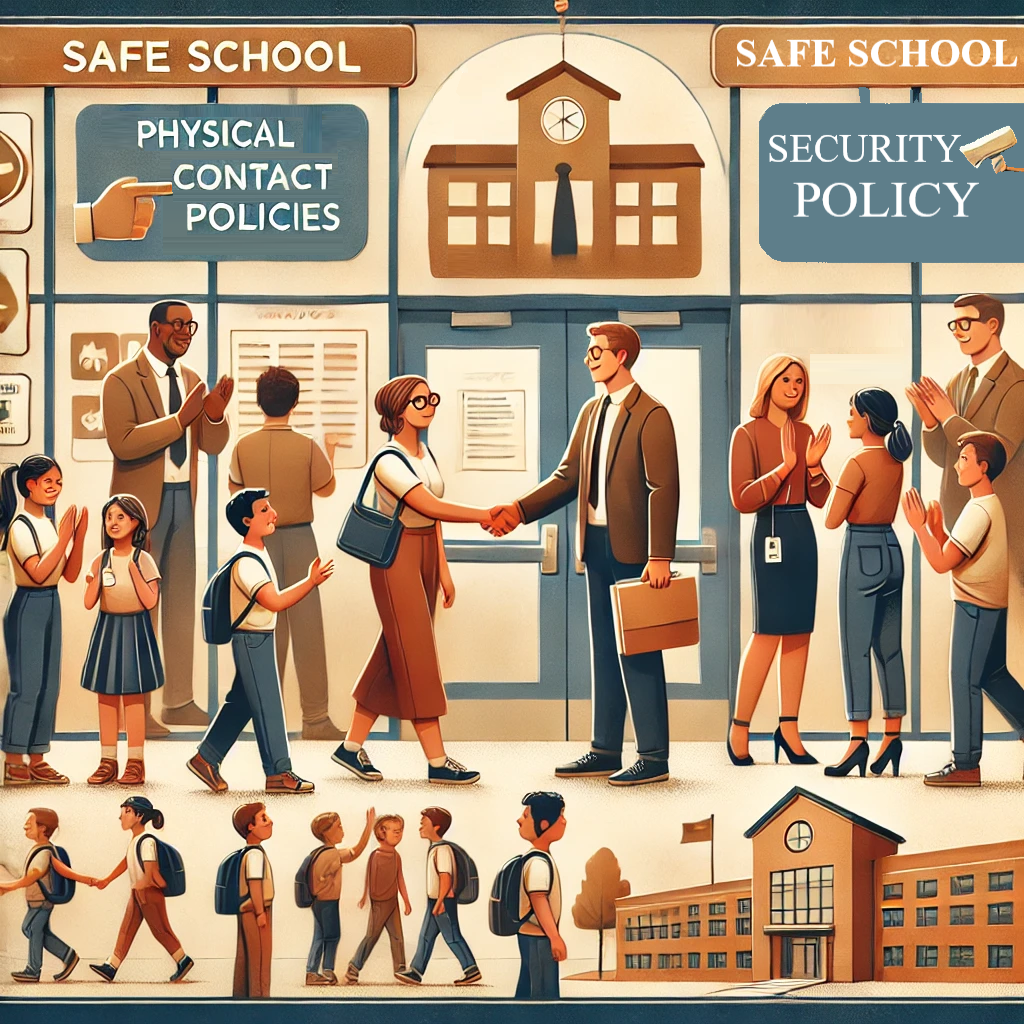Understanding Child Abuse and Its Impact on School
Safety
Child abuse,
encompassing physical, emotional, sexual abuse, and neglect, severely impacts
children's well-being and development. It affects physical health, emotional
stability, academic performance, and social relationships. Schools, being
central to children’s daily lives, play a crucial role in identifying,
addressing, and preventing child abuse while fostering a safe environment.
Types and Consequences of Abuse
- Physical Abuse: Bodily harm
such as hitting or burning.
- Emotional Abuse: Actions that
damage self-esteem.
- Sexual Abuse: Engaging
children in non-consensual sexual activities.
- Neglect: Failing to
meet a child’s basic needs.
Consequences
include:
- Physical Issues: Injuries and
chronic health conditions.
- Emotional/Psychological Effects: Anxiety,
depression, and PTSD.
- Academic Challenges: Poor
performance and attendance.
- Social Difficulties: Strained
trust and relationships.
The Role of Schools
Schools serve as
critical advocates for children, offering safe spaces and support systems.
Their responsibilities include:
- Recognizing Signs: Noticing
injuries, behavioral changes, or withdrawal.
- Building Trust: Ensuring
children feel secure in disclosing abuse.
- Providing Support: Offering
counseling and connecting with child protection agencies.
- Education for Prevention: Teaching
personal safety and boundary recognition.
Raising Awareness
Stakeholders must be
educated to combat abuse effectively:
- Teachers and Staff: Training to
identify and report abuse.
- Parents: Workshops to
recognize signs and promote healthy family dynamics.
- Students: Empowerment
through lessons on personal safety and their rights.
Implementing Policies
Robust child
protection policies ensure timely and effective responses:
- Clear Reporting Mechanisms: Confidential
and compliant with legal standards.
- Collaboration with Authorities: Partnerships
with child protection services and law enforcement.
- Preventive Protocols: Audits,
safety measures, and designated officers.
Child abuse
profoundly affects children’s lives and the school environment. Schools must be
proactive in recognizing, addressing, and preventing abuse. By implementing
robust policies, raising awareness, and fostering trust, schools can safeguard
children, ensuring they grow and learn in a secure and supportive environment.
Protecting children is not only a responsibility but a commitment to building a
safer future.


